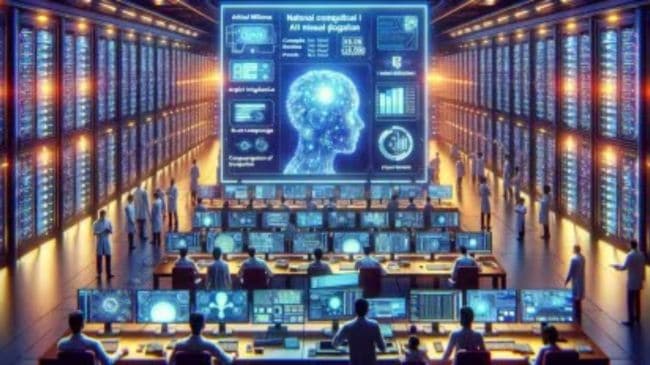Understanding the Basics of Neural Networks
Neural networks are a fundamental concept in the field of artificial intelligence and machine learning. They are inspired by the workings of the human brain and are used to solve complex problems by simulating the behavior of neurons and synapses.
What is a Neural Network?
A neural network is a computational model comprised of interconnected nodes, known as neurons. These neurons work together to process and transmit information. Similar to how the human brain functions, the nodes in a neural network receive inputs, perform calculations, and produce outputs.
Neurons in a neural network are divided into layers – an input layer, one or more hidden layers, and an output layer. The input layer receives the initial data, which is then passed through the hidden layers. Finally, the output layer produces the desired output.
How do Neural Networks Learn?
One of the key features of neural networks is their ability to learn from data. This process is known as training. During training, a neural network is presented with a set of input data along with the desired output. The network adjusts the weights and biases of its neurons to minimize the difference between the predicted output and the desired output.
This learning process is often done using a technique called backpropagation. Backpropagation involves propagating the error from the output layer back through the network, adjusting the weights and biases at each layer to reduce the overall error. This iterative process continues until the network reaches a satisfactory level of accuracy.
Activation Functions
Activation functions play a crucial role in neural networks. They introduce non-linearities to the network, allowing it to learn complex relationships between input and output variables.
Some commonly used activation functions include:
- Sigmoid: This function produces a smooth curve between 0 and 1. It is often used in problems where the output is binary or needs to be normalized.
- ReLU (Rectified Linear Unit): ReLU is one of the most popular activation functions. It returns the input if it is positive, and 0 otherwise. ReLU is known for its simplicity and ability to alleviate the “vanishing gradient” problem.
- Tanh: Tanh, short for hyperbolic tangent, is similar to the sigmoid function but ranges between -1 and 1. It is often used when the output needs to be centered around zero.
Types of Neural Networks
Neural networks come in various forms, each designed for specific types of tasks. Some of the common types of neural networks include:
- Feedforward Neural Networks (FNN): These are the most basic type of neural networks, where the information flows in one direction, from the input layer to the output layer.
- Recurrent Neural Networks (RNN): RNNs are designed to handle sequential data, where the output at each step depends on the previous steps.
- Convolutional Neural Networks (CNN): CNNs are widely used in image and video analysis tasks. They are efficient in capturing spatial relationships in the data.
- Generative Adversarial Networks (GAN): GANs consist of two neural networks – a generator and a discriminator – that compete with each other to produce realistic outputs. GANs are commonly used in tasks such as image generation and data augmentation.
Applications of Neural Networks
Neural networks find application in a wide range of fields, including:
- Image and Object Recognition: Neural networks have revolutionized the field of computer vision by enabling accurate image and object recognition. They can be trained to identify objects, detect facial features, and even analyze emotions from facial expressions.
- Natural Language Processing: Neural networks are used in language translation, sentiment analysis, speech recognition, and chatbots, making them invaluable in the field of natural language processing.
- Finance: Neural networks are employed in financial forecasting, stock market analysis, credit risk assessment, and fraud detection to make accurate predictions and decisions based on historical data.
- Healthcare: Neural networks are used in medical imaging analysis, disease diagnosis, drug discovery, and personalized medicine. They help in identifying patterns and making predictions for better patient care.
Challenges and Limitations of Neural Networks
Although neural networks have achieved impressive results in many domains, they do have some limitations:
- Computational Complexity: Training a large neural network with millions of parameters can be computationally expensive and time-consuming.
- Data Dependency: Neural networks heavily rely on large volumes of labeled training data. The performance of a network can suffer if the data is scarce or unbalanced.
- Interpretability: Neural networks are often referred to as “black boxes” because it can be challenging to interpret their decision-making process. This lack of interpretability can be a concern, especially in safety-critical applications.
- Overfitting: Neural networks are prone to overfitting, where they become too specialized in the training data and perform poorly on unseen data.
Despite these challenges, neural networks continue to drive advancements in artificial intelligence and machine learning, enabling breakthrough solutions to complex problems.









Leave a Reply